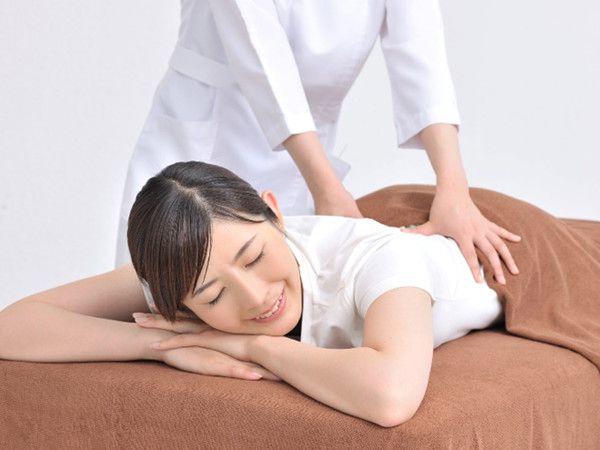
n the world of different medicine and alternative recovery, reflexology attracts attention as a interesting and progressively prominent technique. This old therapeutic method, based on the principle that particular points on the hands, ears, and feet represent various body components and organs, has been captivating both practitioners and clients alike for centuries.
Unveiling the Essence of Reflexology Reflexology is greater than simply a foot massage; it’s a systematic practice that uses pressure to specific indicate advertise healing and equilibrium throughout the body. The underlying theory suggests that these stress factors are attached to different body organs and body systems with energy networks. By boosting these factors, reflexologists aim to clear blockages, improve blood circulation, and restore the body’s all-natural balance.
– Leonardo da Vinci The Historical Tapestry of Reflexology While the contemporary method of reflexology was developed in the 20th century, its origins can be traced back to old human beings. Traditional Chinese medication has actually long identified the interconnectedness of body parts, influencing the development of reflexology as we recognize it today.
In the very early 1900s, Dr. William Fitzgerald introduced the concept of “zone treatment” to the Western world, which later on evolved right into modern reflexology through the job of Eunice Ingham in the 1930s. Ingham, commonly referred to as the “mommy of reflexology,” mapped the whole body onto the feet, producing the structure for modern reflexology methods.
The Science Behind the Practice While doubters might examine the scientific basis of reflexology, proponents suggest that its benefits are rooted in the body’s neurological and energy systems. The application of stress is thought to promote the worried system, advertising leisure and minimizing anxiety. 秋葉原 suggest that reflexology may trigger the launch of endorphins, the body’s natural pain-relieving and mood-enhancing chemicals.
Potential Benefits and Applications Advocates of reflexology claim a vast array of benefits, consisting of:
Stress and anxiety decrease and leisure Improved blood circulation Pain administration, specifically for migraines and pain in the back Enhanced sleep high quality Boosted body immune system feature Alleviation of gastrointestinal issues Support for hormonal balance While clinical research study on reflexology is recurring, many people report significant renovations in their general well-being after getting therapies. It’s crucial to keep in mind that reflexology is normally considered a corresponding therapy and must not replace traditional healthcare.
The Reflexology Experience A regular reflexology session lasts between 30 to 60 mins. The expert begins by assessing the client’s wellness history and present concerns. The customer after that removes their shoes and socks and rests easily or rests. Using their thumbs, hands, and fingers, the reflexologist uses varying degrees of stress to particular points on the feet, hands, or ears.
Several individuals describe the experience as deeply relaxing, typically reporting a sense of warmth or tingling feelings throughout their body throughout the session. Some may even drop off to sleep, awakening sensation rejuvenated and rejuvenated.
Incorporating Reflexology right into Modern Wellness As the world progressively accepts alternative strategies to health and health, reflexology has located its area in medspas, health facilities, and also some medical facilities. It’s typically used combined with other therapies such as massage, aromatherapy, and acupuncture to produce detailed wellness experiences.
For those thinking about discovering reflexology at home, there are many self-help techniques and devices offered. From basic foot rollers to thorough reflexology graphes, individuals can learn to use fundamental concepts of reflexology to enhance their daily health regimens.
The Future of Reflexology As study in the field of alternate and complementary medicine remains to evolve, reflexology might gain further recognition in the clinical area. Recurring researches are exploring its potential applications in numerous wellness problems, from anxiousness and depression to cancer treatment support.
“The feet are the mirror of the body.” – Eunice Ingham Whether deemed a scientific method to recovery or a holistic art type, reflexology provides an one-of-a-kind perspective on the body’s interconnectedness. As even more people look for non-invasive and all-natural means to sustain their health, this old method proceeds to find significance in our contemporary world, welcoming us to check out the recovery possibility that lies at our fingertips– or rather, at our feet.
Unveiling the Essence of Reflexology Reflexology is more than just a foot massage; it’s a methodical technique that uses stress to particular factors to promote recovery and equilibrium throughout the body. – Leonardo da Vinci The Historical Tapestry of Reflexology While the modern-day technique of reflexology was established in the 20th century, its roots can be mapped back to ancient worlds. The Science Behind the Practice While doubters may examine the clinical basis of reflexology, proponents argue that its advantages are rooted in the body’s neurological and power systems. The Reflexology Experience A regular reflexology session lasts between 30 to 60 mins. – Eunice Ingham Whether viewed as a clinical approach to recovery or an alternative art kind, reflexology supplies an one-of-a-kind point of view on the body’s interconnectedness.
Reflexology for Chronic Pain: Does It Work?
Categories: